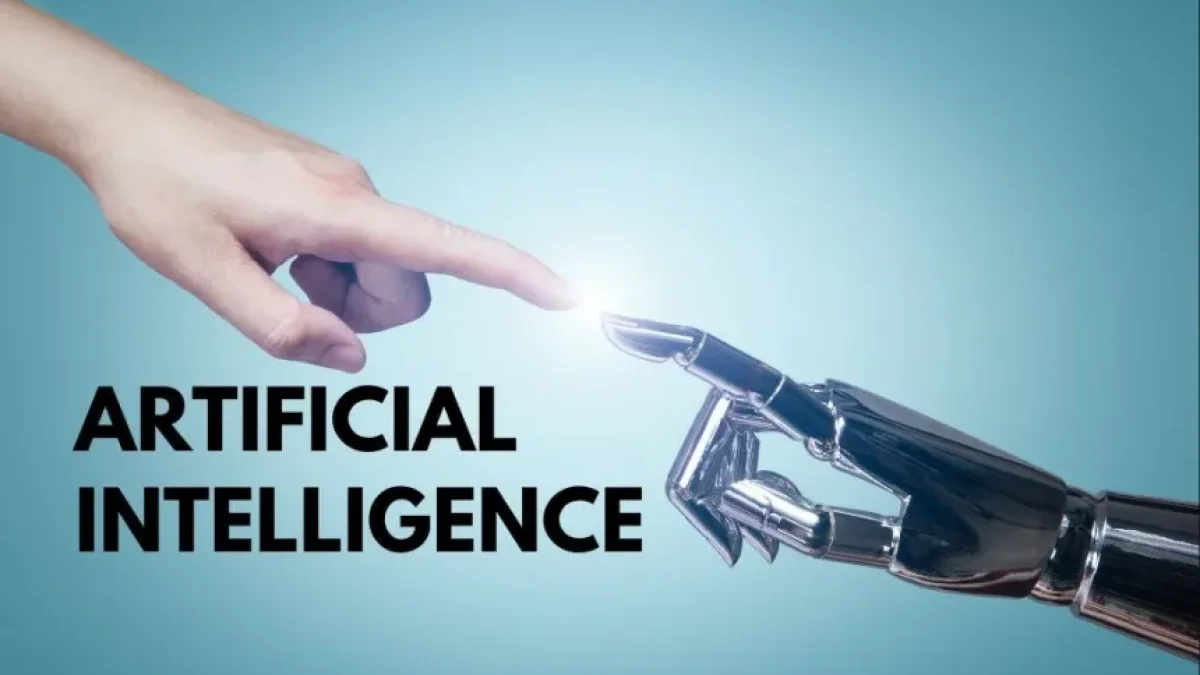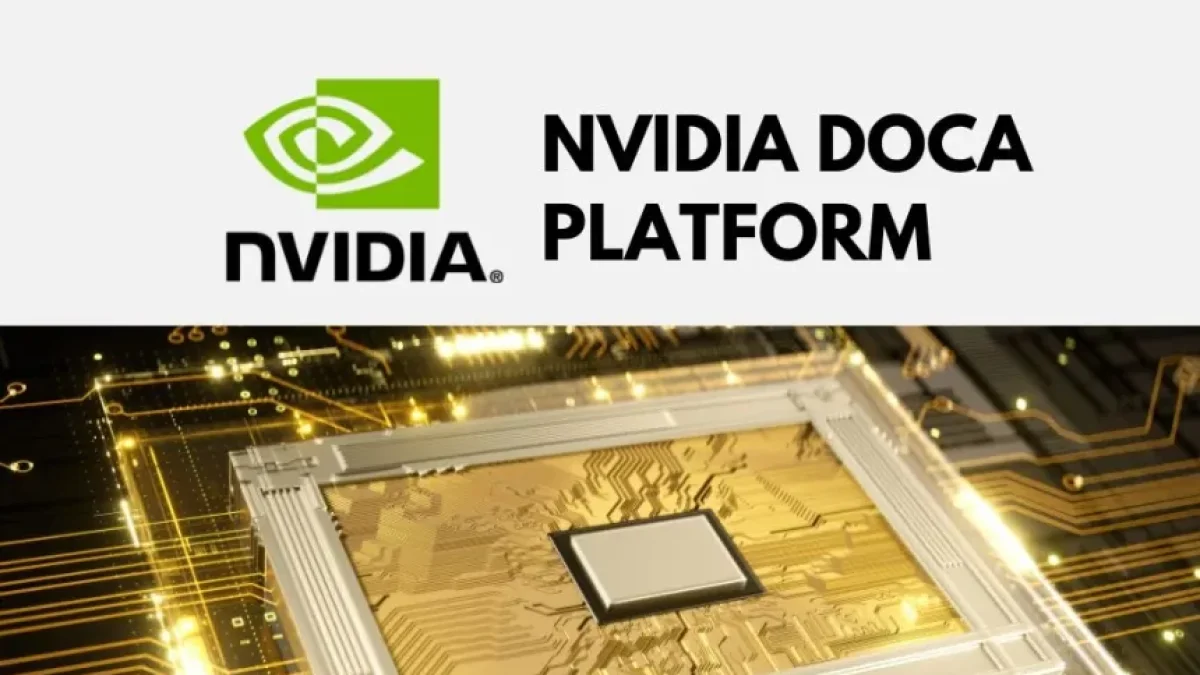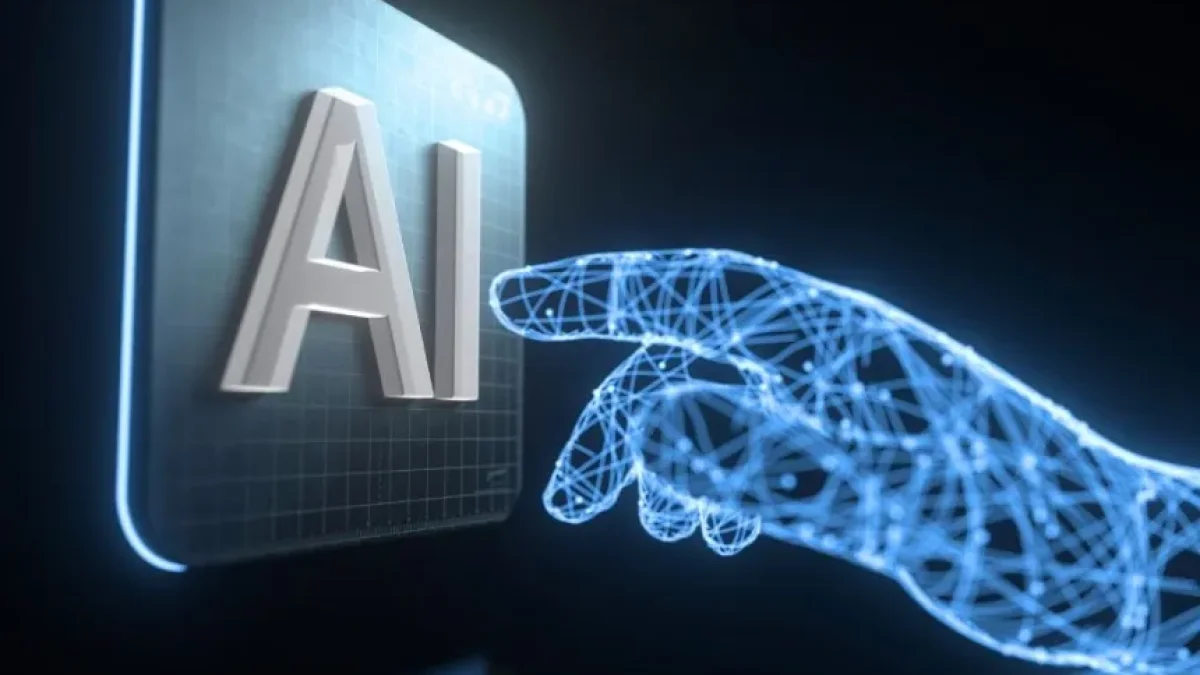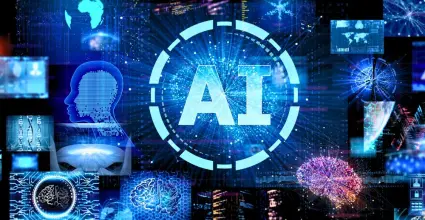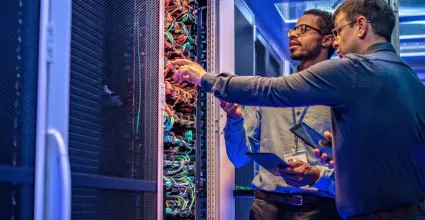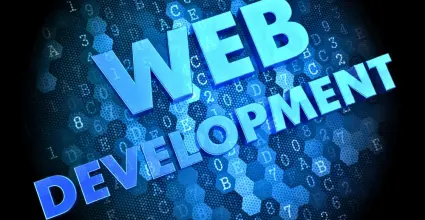Revolution in AI: New Architectures Beyond Transformers


Artificial intelligence continues to evolve at a breakneck pace, and the architectures that support it are undergoing significant transformations. Although models based on Transformer architecture have dominated the scene in recent years, new research is exploring alternatives that could lead to even greater advancements in machine learning and natural language processing.
New Approaches in AI Architecture
Recently, a group of researchers presented an innovative approach that promises to redefine the way artificial intelligence models are designed. This new framework moves away from the Transformer architecture and focuses on more flexible structures that are less dependent on massive amounts of data for training.
The Limitation of Transformers
Transformers, which became popular with the BERT model and its successor GPT, have proven effective in various applications, from machine translation to chatbots. However, these models require enormous amounts of data for training and can be costly in terms of computational resources. Additionally, they present challenges regarding interpretability and handling context in long sequences.
New Proposals: From Theory to Practice
Researchers have begun experimenting with architectures that integrate additional neural networks and combined approaches that enhance the models' understanding and language generation capabilities. These new systems have fewer constraints, allowing for greater exploration of the intrinsic capabilities of the data without the enormous burden that Transformers require.
Read also
The Coalition of Actors in Research
Contributions on these new architectures do not come solely from the academic realm. Tech companies and research institutions are working together to ensure that these new approaches are viable both in theory and practice. This synergy is creating a fertile environment for experimentation, which could result in significant advances in the performance and application of AI models in the near future.
Potential Benefits of New Architectures
Exploring these new architectures could lead to several benefits:
Read also
- Lower data requirements: By not relying exclusively on vast datasets, lighter and more efficient models could be trained.
- Better context handling: Alternatives to Transformers could facilitate a better understanding of context in more complex interactions.
- Increased accessibility: With fewer computational resource needs, the implementation of AI models could become more accessible for small businesses and developers.
Impact on the Future of AI
The evolution of artificial intelligence architecture has the potential to transform not only existing models of natural language processing but also their application in sectors such as finance, education, and customer service. The community of researchers and developers remains attentive to these advances, hoping for a concrete transition phase towards these new structures soon.
Conclusions
Looking ahead, new architectural models could signify a radical change in how we understand and use artificial intelligence. With promising innovations and collaboration across various sectors, the world of AI continues to expand, and it is exciting to see where this revolution will take us.
I invite you to keep reading more news about technology and advances in artificial intelligence on my blog. Don't miss out!


